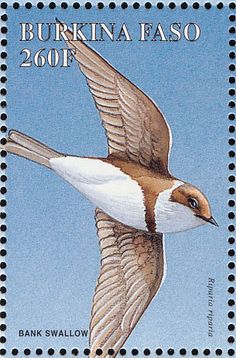In the summer of 2010, Henk Tennekes from Experimental Toxicology Services Nederland at Zutphen warned that the accumulation of neonicotinoids in the environment would not only decimate useful insects but also have a knock-on effect on other species, including birds (Curr. Biol. (2011) 21, R137–R139). At the time, Tennekes did not find much support for his views and went on to publish his warnings as a book — The Systemic Insecticides: A Disaster in the Making. Recent papers from other researchers are now supporting his concerns, as they show that the damage arising from systemic pesticides isn’t limited to pollinators and that many other species, from earthworms to birds, are also affected.
A recent study has combined the highly detailed records of bird populations on the one hand and surface water contamination with pesticides on the other to demonstrate that the rate of decline of several insectivorous birds in plots all across the Netherlands correlates significantly with the contamination of surface water with the neonicotinoid imidacloprid in the same area (Nature (2014) 511, 341–343). The species showing statistically significant correlation include: Eurasian skylark (Alauda arvensis), barn swallow (Hirundo rustica), yellow wagtail (Motacilla flava), common starling (Sturnus vulgaris), common whitethroat (Sylvia communis), and mistle thrush (Turdus viscivorus).
Source: Michael Gross in Current Biology, Volume 24, Issue 16, 18 August 2014, Pages R717-R720
https://www.sciencedirect.com/science/article/pii/S0960982214009683

- Login om te reageren
